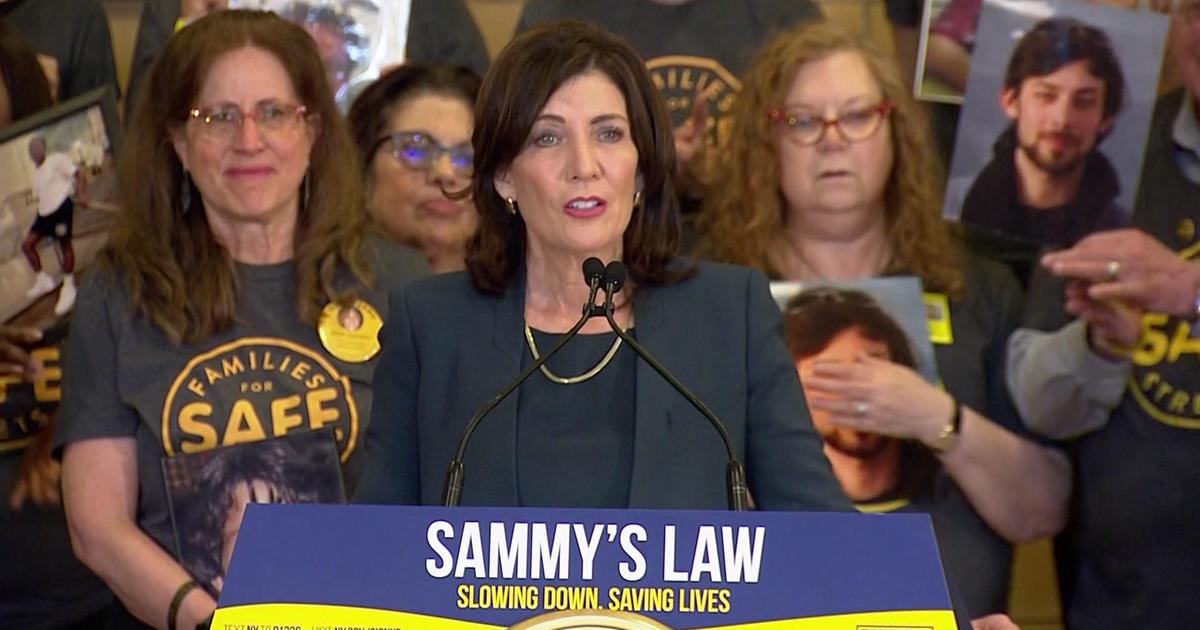1 year after Ida, New York state, city working to prevent major roadways from flooding during major storms
NEW YORK -- It's been almost a year since the remnants of Hurricane Ida flooded our thoroughfares, sweeping up dozens of cars in its wake.
CBS2's Ali Bauman investigated how the state and city are working to prevent these roads from becoming rivers again.
Hundreds of cars were as good as driftwood last year when remnants of Ida flooded our vital roadways, including the Bronx and Saw Mill River parkways and Major Deegan Expressway, but to prevent these thoroughfares from flooding again, we have to understand why they flooded in the first place.
"The sewers aren't big enough to handle these volumes of rain," said Robert Fanuzzi, president of the Bronx Council for Environmental Quality. "What they call 100-year storms are not every 100 years anymore. They're coming with more frequency and with more ferocity."
IDA: ONE YEAR LATER:
- Fearing a repeat, some Rye Brook residents left with difficult choice
- Will a warming climate lead to more flash flooding in the Tri-State Area?
- NYC offering protective storm water barriers, but not everyone convinced they'll work
- CBS2 visits district in New Jersey, where some schools haven't been open in 2 years due to pandemic and storm
- Checking back with families whose basement apartments flooded
- More stories on Ida: One Year Later
During Ida, water was not just raining down on the Major Deegan; it was also pouring in from the lake in Van Cortlandt Park.
Environmentalists like Christina Taylor, deputy director for the Van Cortlandt Park Alliance, have been pushing the city and state to invest in what's called the Tibbetts Brook Daylighting Project for 30 years. It would redirect the lake water to a manmade stream next to the Major Deegan, instead of into the sewers.
"By doing that, you're allowing more household waste and more storm water to go into the sewers, therefore during a major rain event, the sewers can actually handle the rain because they're not getting this extra water," Taylor said.
After Ida, that project finally got the funding it needs.
The state Department of Transportation is now installing a new drainage system along the Deegan, as well as improving drainage on the Bronx River and Saw Mill River parkways.
But even after all that, New York's infrastructure is still not equipped to handle these types of storms.
"Ida is one of those paradigm-shifting climate events that should show New York City that we need to imitate and mimic nature as much as possible when we build, whatever we do. That means more greenspace," Fanuzzi said.
The city has been installing rain gardens to help soak up water and plans to put in thousands more. Since last year, the state has also gained more jurisdiction over its own wetlands.
"We'll be doing extensive mapping for the next few years, and then any wetland over 7.5 acres, New York state will be able to regulate construction around," Sen. Pete Harckham said.
So will our major roadways flood again this hurricane season? Experts predict they probably will. But investments now can keep our streets drier down the road.




